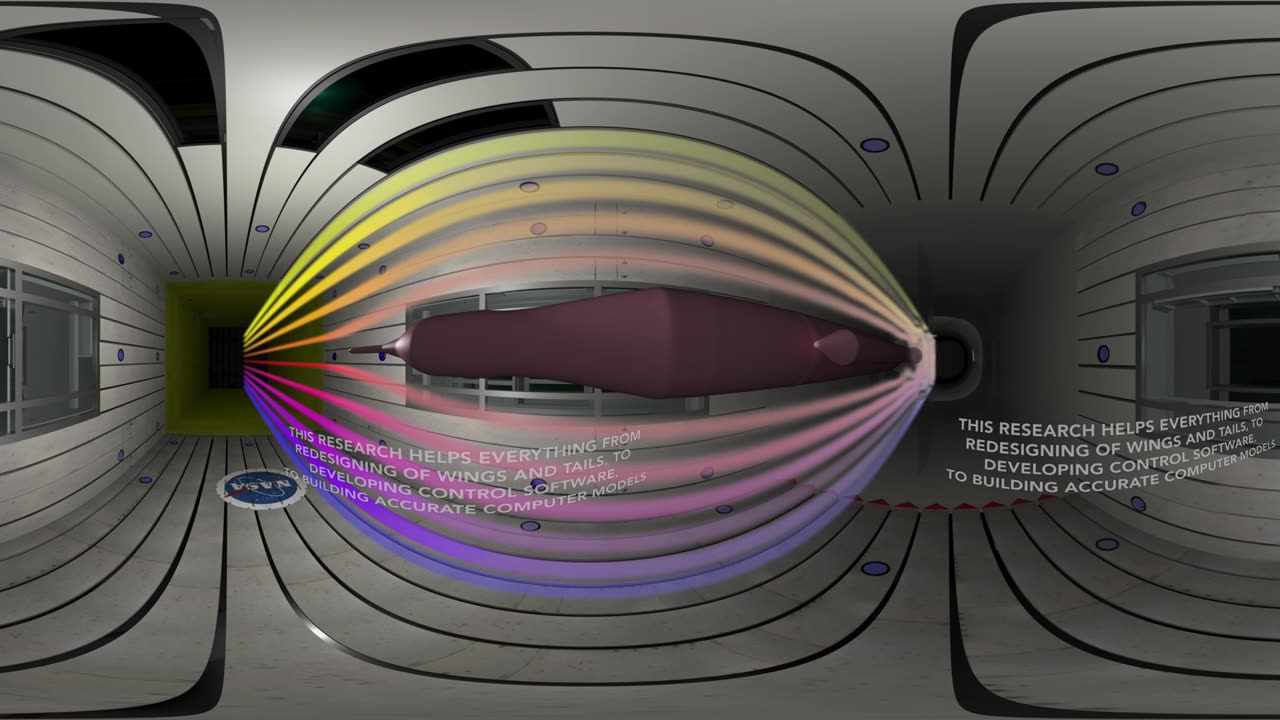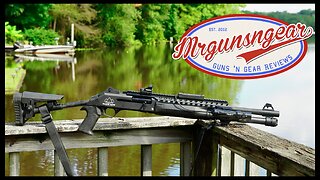Premium Only Content

Wind Tunnel
#NASA #WindTunnel #Aerodynamics #Aeronautics #Aerospace #Research #Engineering #Science #Testing #Aviation#SpaceExploration #LangleyResearchCenter #AmesResearchCenter #GlennResearchCenter #WindTunnelTesting #AircraftDesign #SpacecraftDesign #Hypersonics #Technology #Innovation
NASA (National Aeronautics and Space Administration) has several wind tunnels that it uses for aerodynamic testing and research. Wind tunnels are facilities designed to simulate the flow of air over various objects, such as aircraft, spacecraft, and even cars. These tunnels are used to study and analyze the aerodynamic characteristics of these objects, which is crucial for the design and testing of vehicles and spacecraft.
Some of the notable wind tunnels operated by NASA include:
Langley 14-by-22-Foot Subsonic Tunnel: This wind tunnel, located at NASA's Langley Research Center in Virginia, is one of the largest and most versatile subsonic wind tunnels in the world. It is primarily used for testing aircraft and their components at subsonic speeds.
Ames Unitary Plan Wind Tunnel: This facility, located at NASA's Ames Research Center in California, is used for testing high-speed aircraft, including supersonic and hypersonic vehicles. It's an essential tool for studying aerodynamics and propulsion at high speeds.
Glenn Research Center's 10- by 10-Foot Supersonic Wind Tunnel: This wind tunnel, located at NASA's Glenn Research Center in Ohio, is used for research on supersonic and hypersonic flight. It can simulate speeds well above the speed of sound and is important for developing and testing high-speed aircraft and spacecraft.
Langley's National Transonic Facility: This tunnel, also located at NASA's Langley Research Center, focuses on transonic aerodynamics, which is the study of airflow at speeds close to the speed of sound. It's used for testing various aircraft configurations in these critical flight regimes.
Ames 11-Foot Unitary Plan Wind Tunnel: This wind tunnel at NASA Ames Research Center is primarily used for testing high-speed, subsonic and transonic aircraft. It has a versatile design that allows for a wide range of test conditions.
These wind tunnels play a crucial role in NASA's research and development efforts, helping to advance aerospace technology and improve the efficiency and safety of aircraft and spacecraft. They are used for everything from studying basic aerodynamic principles to fine-tuning the designs of specific vehicles before they are built and flown.
-
 1:57:35
1:57:35
Badlands Media
23 hours agoDevolution Power Hour Ep. 345: Machines, Mandates & the Mar-a-Lago Accord
96.3K80 -
 8:00:02
8:00:02
SpartakusLIVE
17 hours agoFIRST Pick of the Fourth Round for the $100,000 Tournament
65.3K2 -
 1:35:07
1:35:07
Man in America
19 hours agoPeptides: Ultimate Health Hack… or Big Pharma Gila Monster POISON? w/ Dr. Diane Kazer
95.4K42 -
 LIVE
LIVE
Biscotti-B23
1 hour ago🔴 LIVE EARLY ACCESS RANKED GRIND ⚽ THE BEST FOOTBALL GAME OUT 💥 REMATCH
134 watching -
 16:18
16:18
Mrgunsngear
10 hours ago $19.25 earnedBlack Aces Tactical S4 Tactical - Benelli M4 Clone But Does It Work?
83.8K4 -
 32:55
32:55
The Connect: With Johnny Mitchell
1 day ago $2.98 earnedInside America's LARGEST Pot Trafficking Gang: How Florida Fishermen Became #1 Most Wanted Cartel
34.2K6 -
 2:05:15
2:05:15
Right Side Broadcasting Network
11 hours agoLIVE REPLAY: President Trump Attends UFC Fight 314 - 4/12/25
101K12 -
 2:07:42
2:07:42
BlackDiamondGunsandGear
9 hours agoWho’s in Town for This Stream?
51.8K4 -
 1:24:56
1:24:56
Quite Frankly
19 hours ago"Wild Tales: Crazy Story Hotline" | The Brothers Ep. 1
78.7K14 -
 12:37
12:37
Tundra Tactical
16 hours ago $5.90 earned🚫🚫 Biden Era GUN CONTROL Gone!!!! 🚫🚫
60.8K20